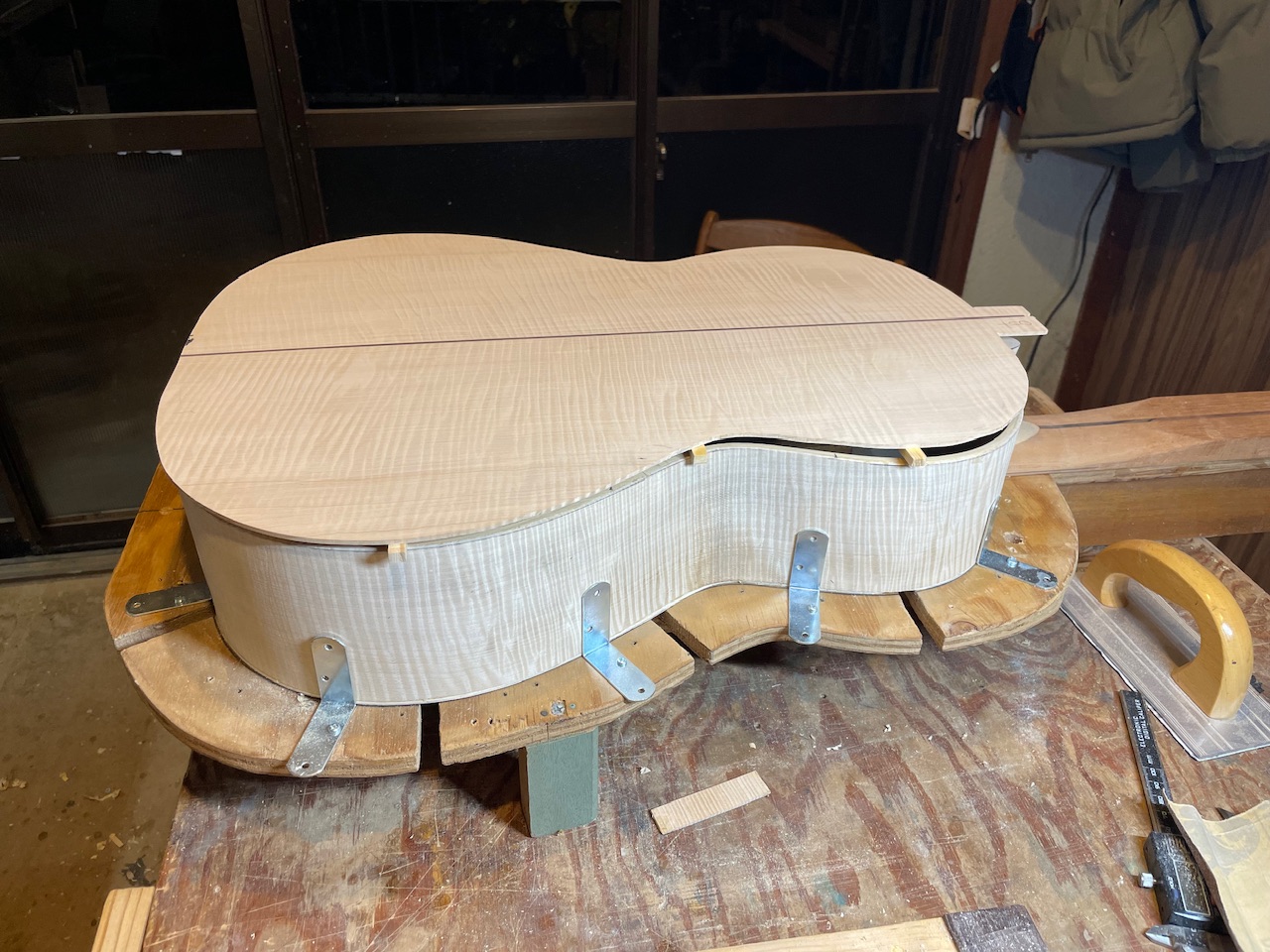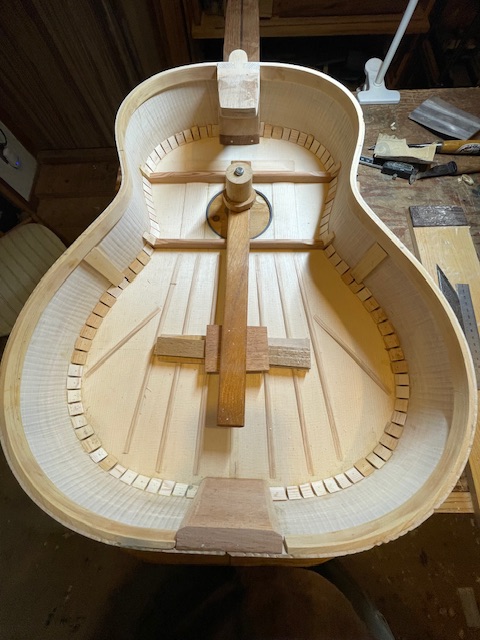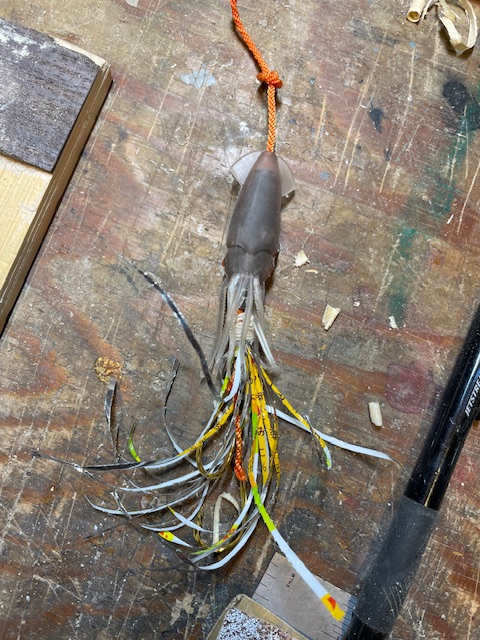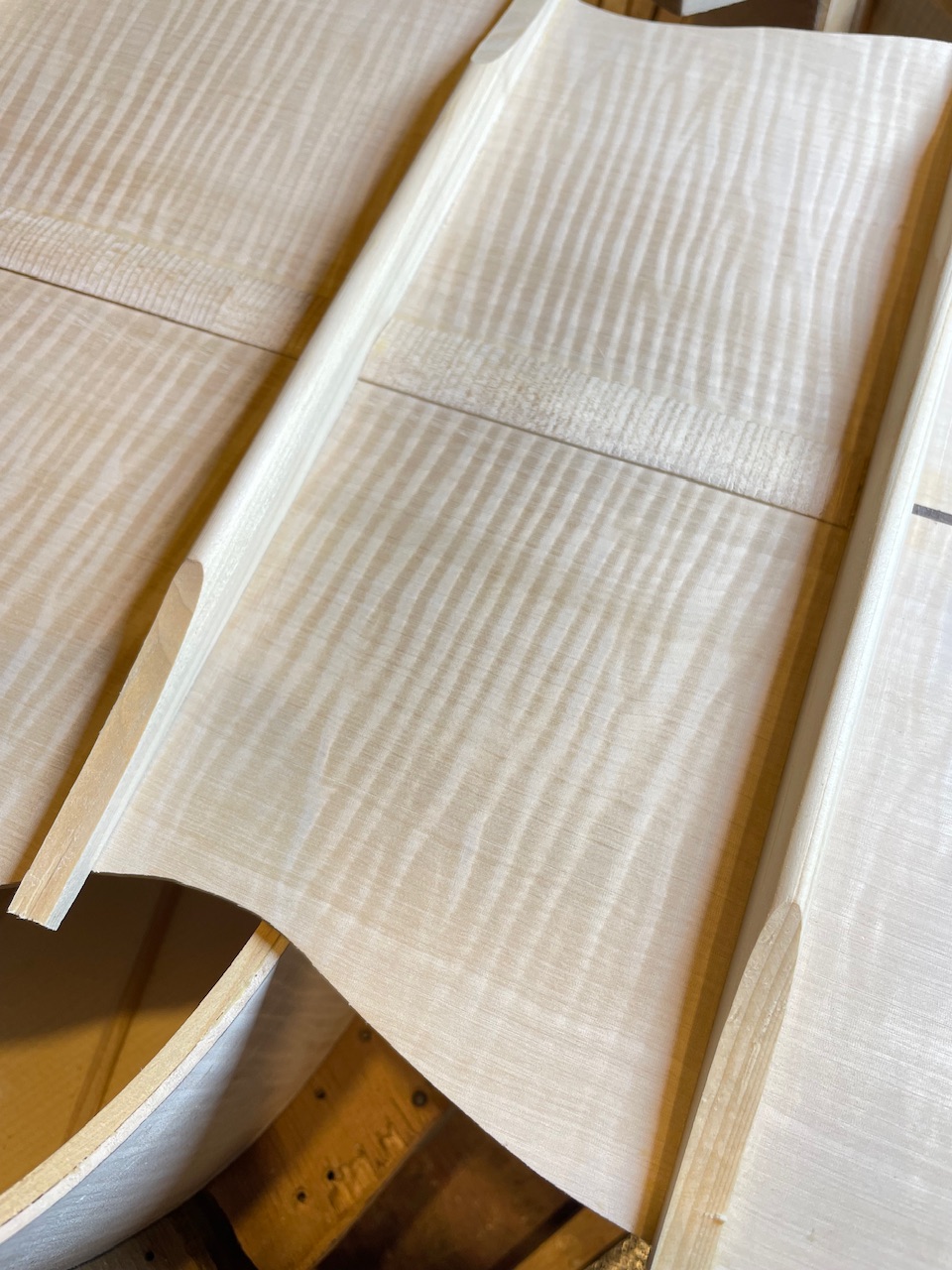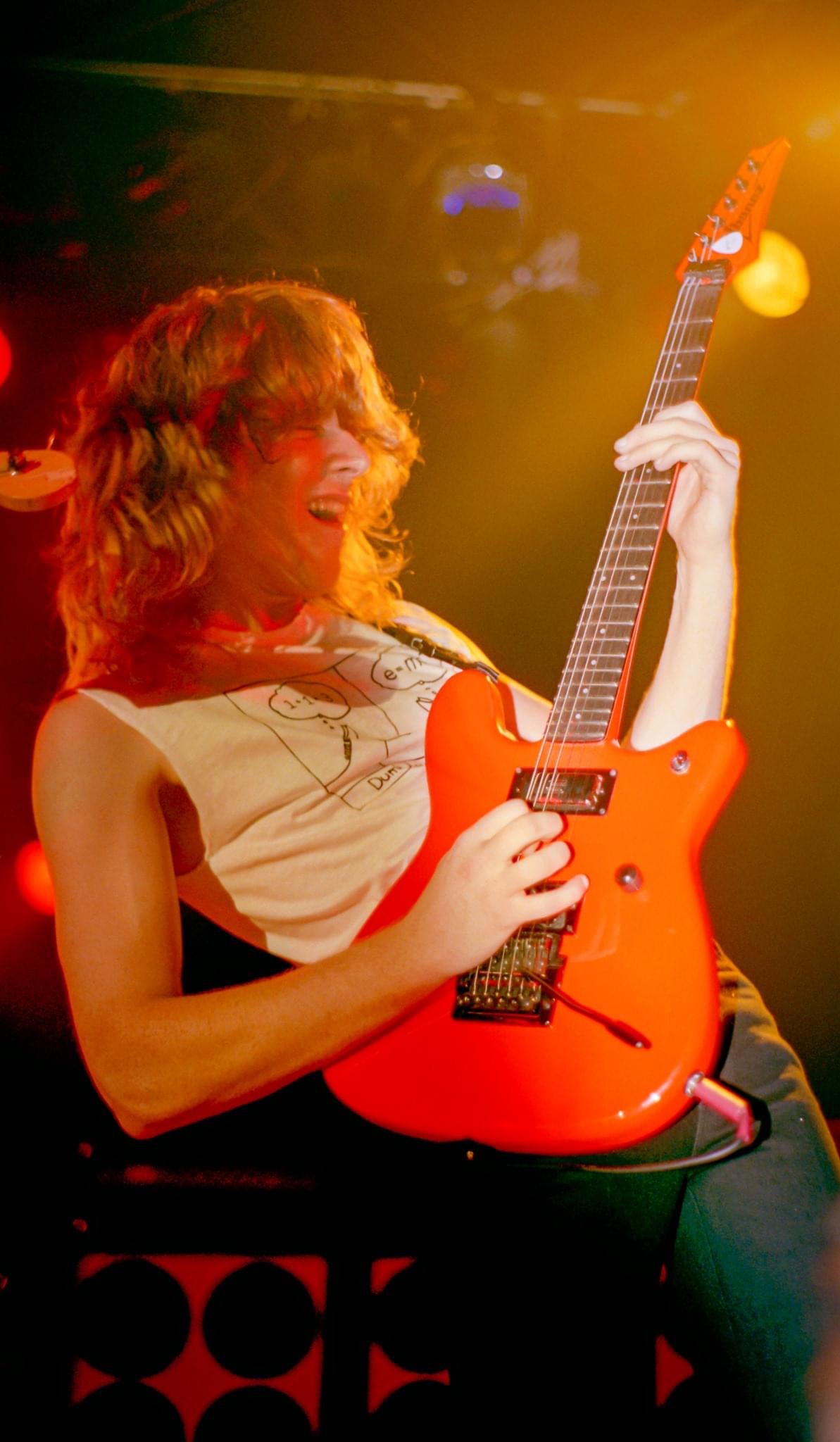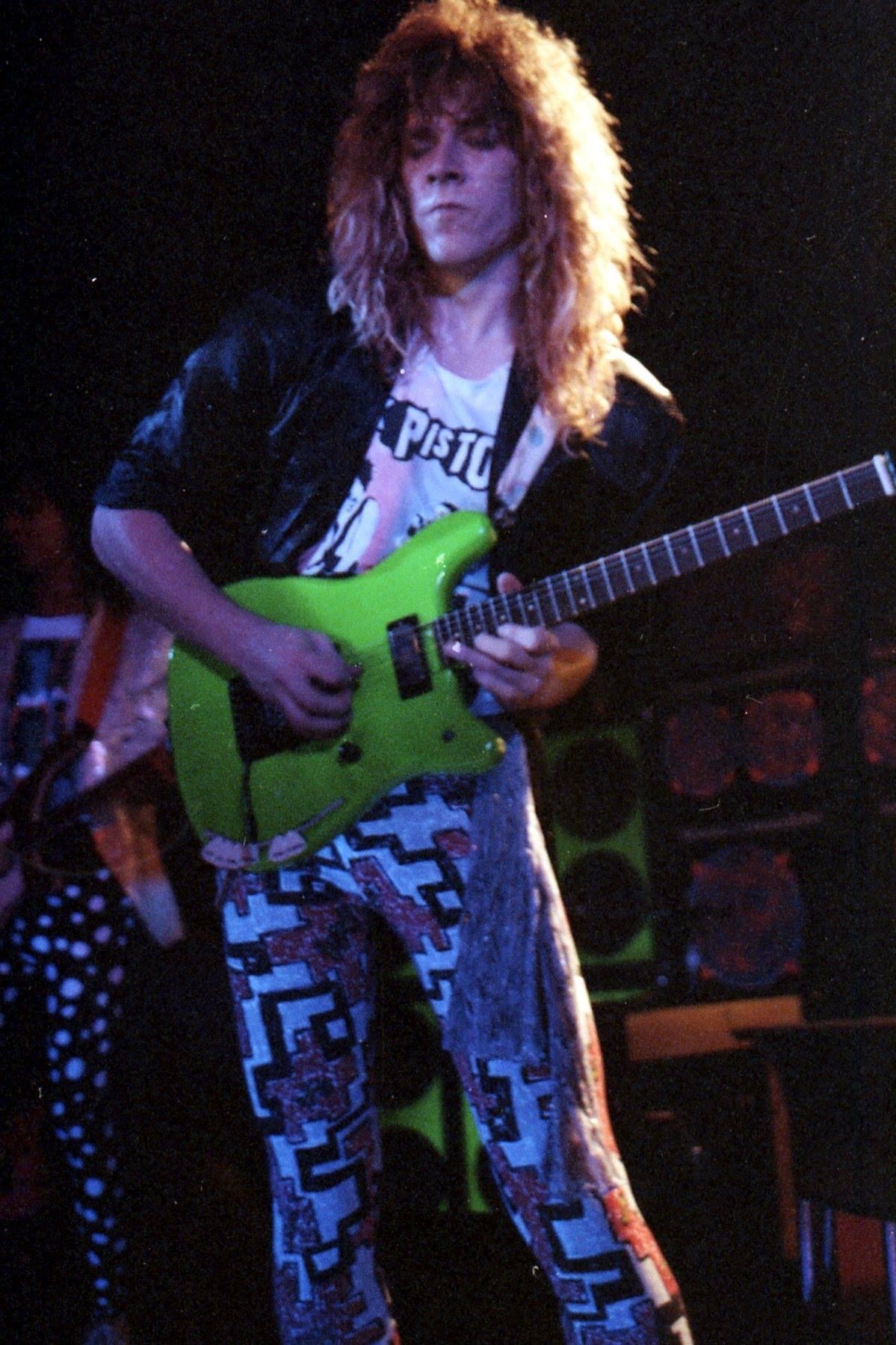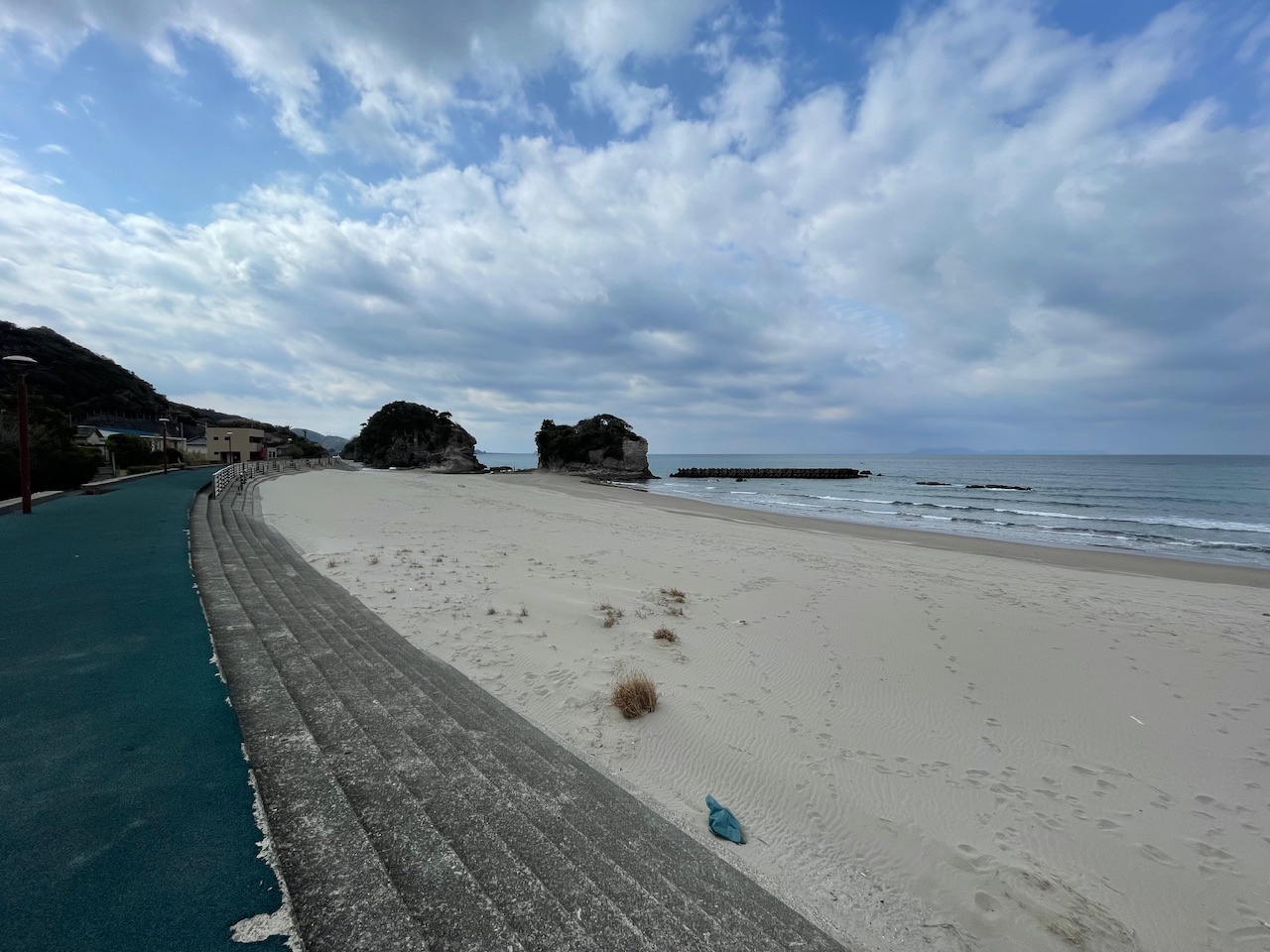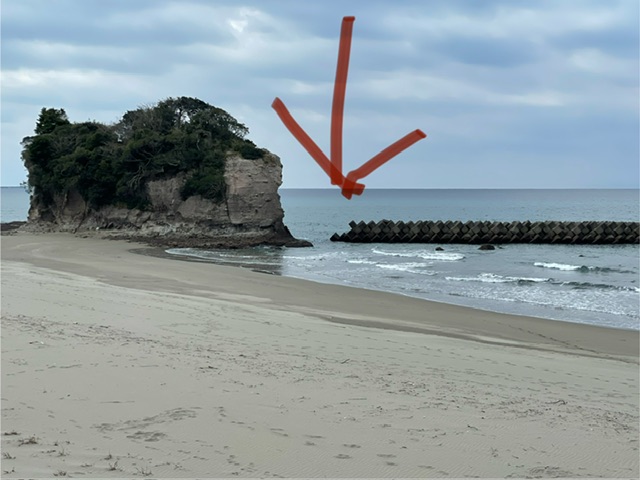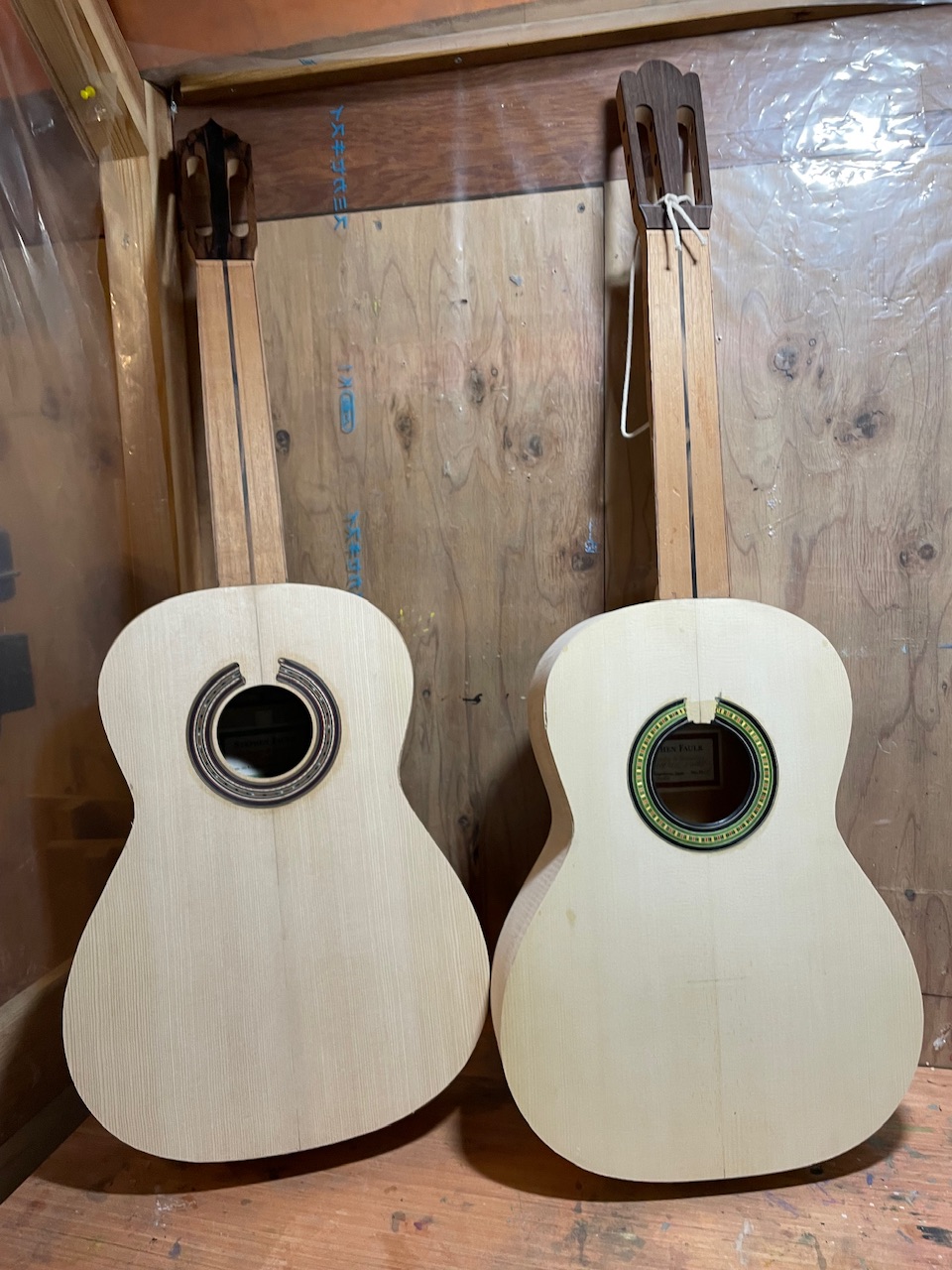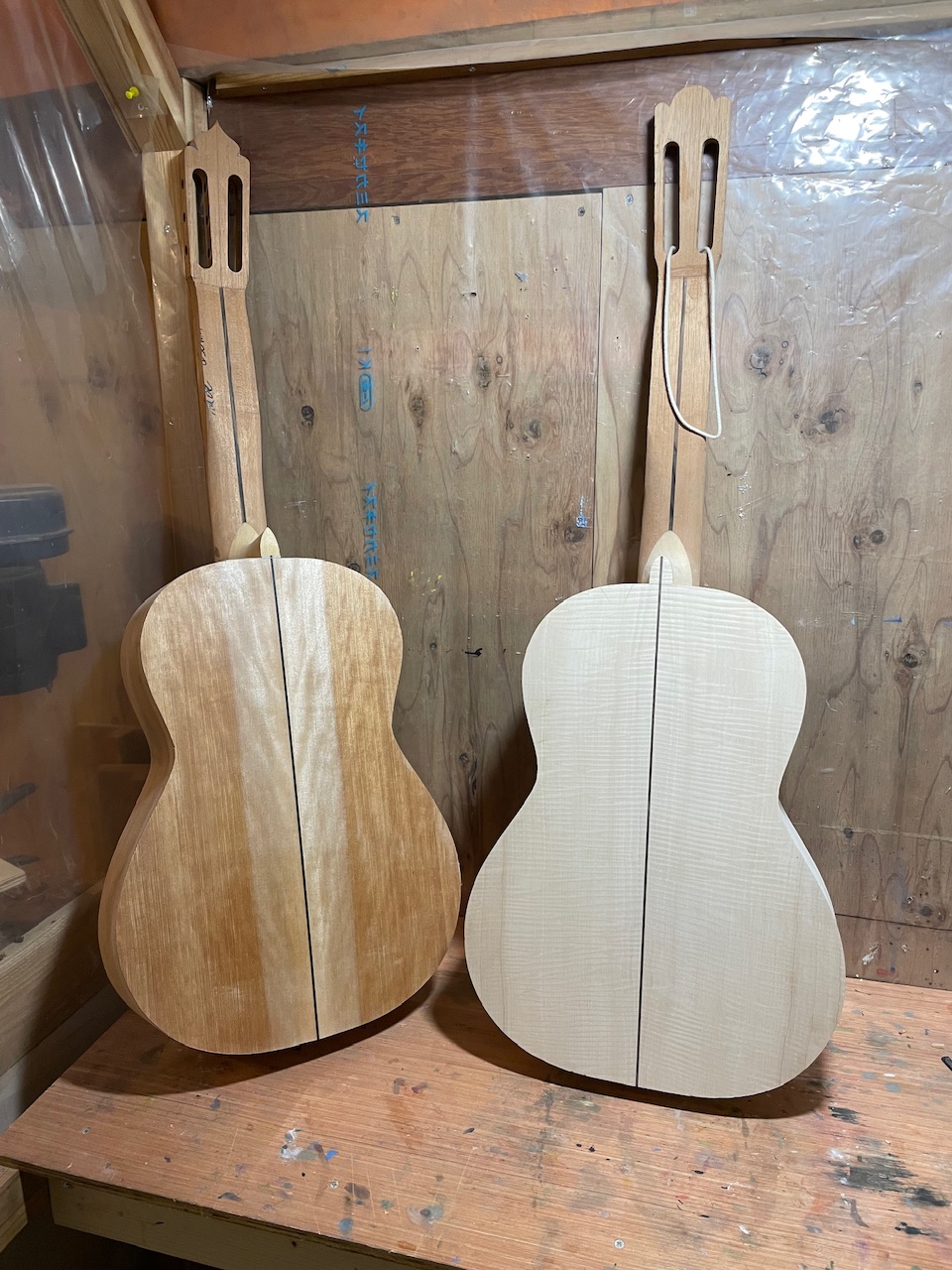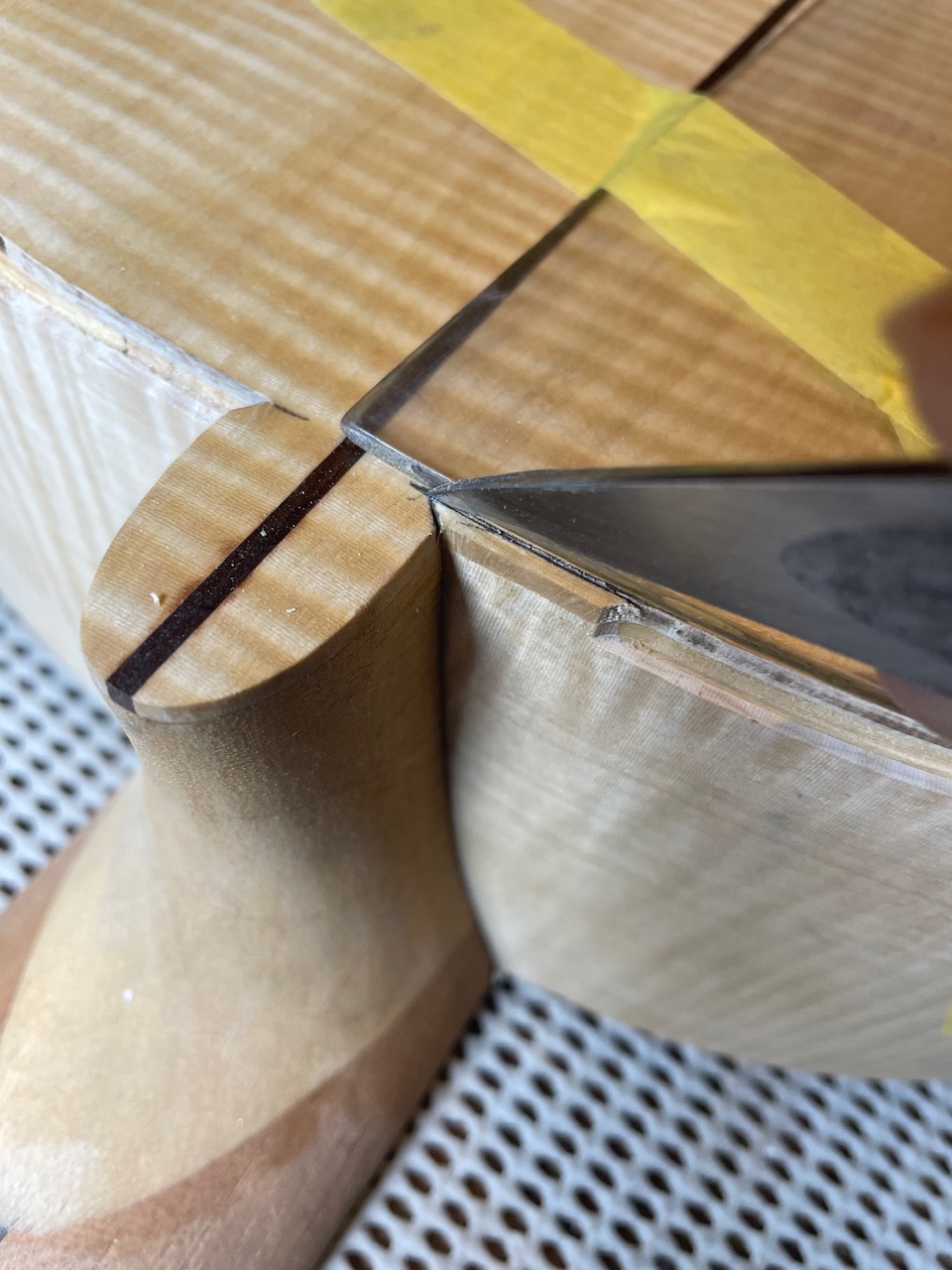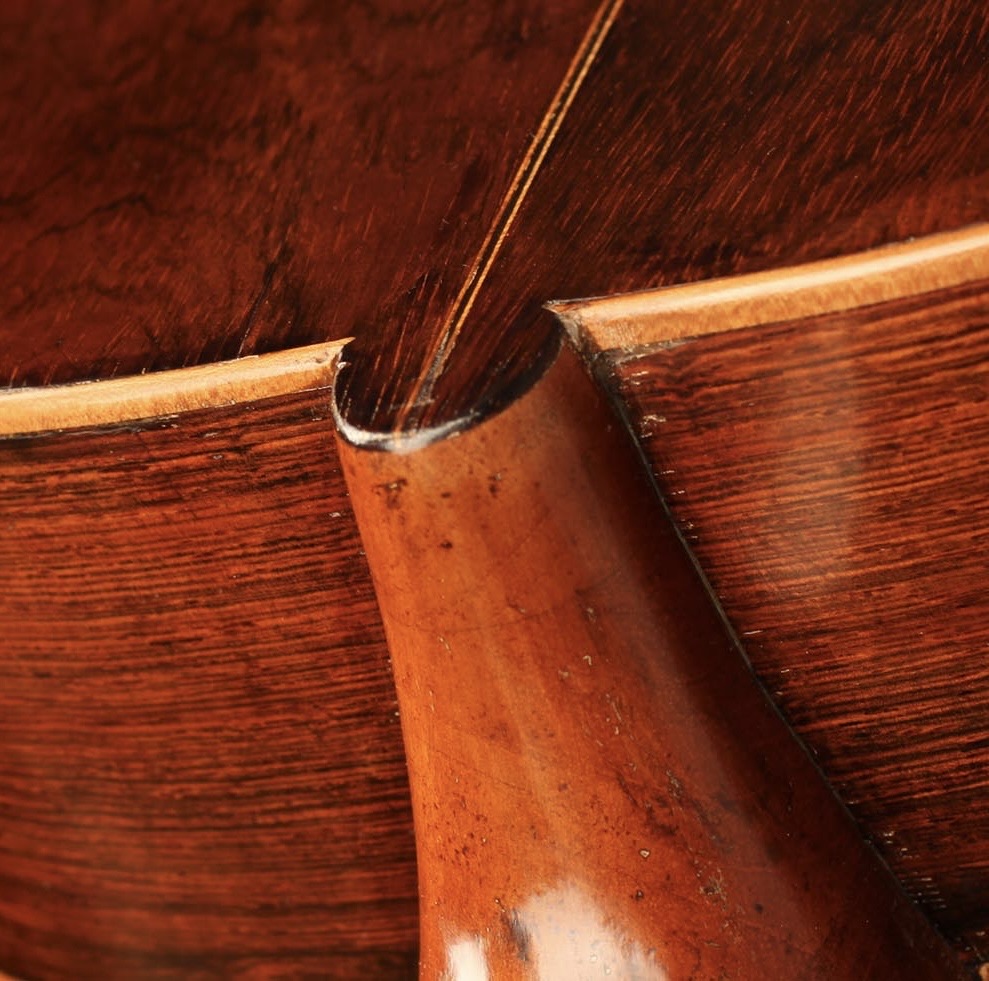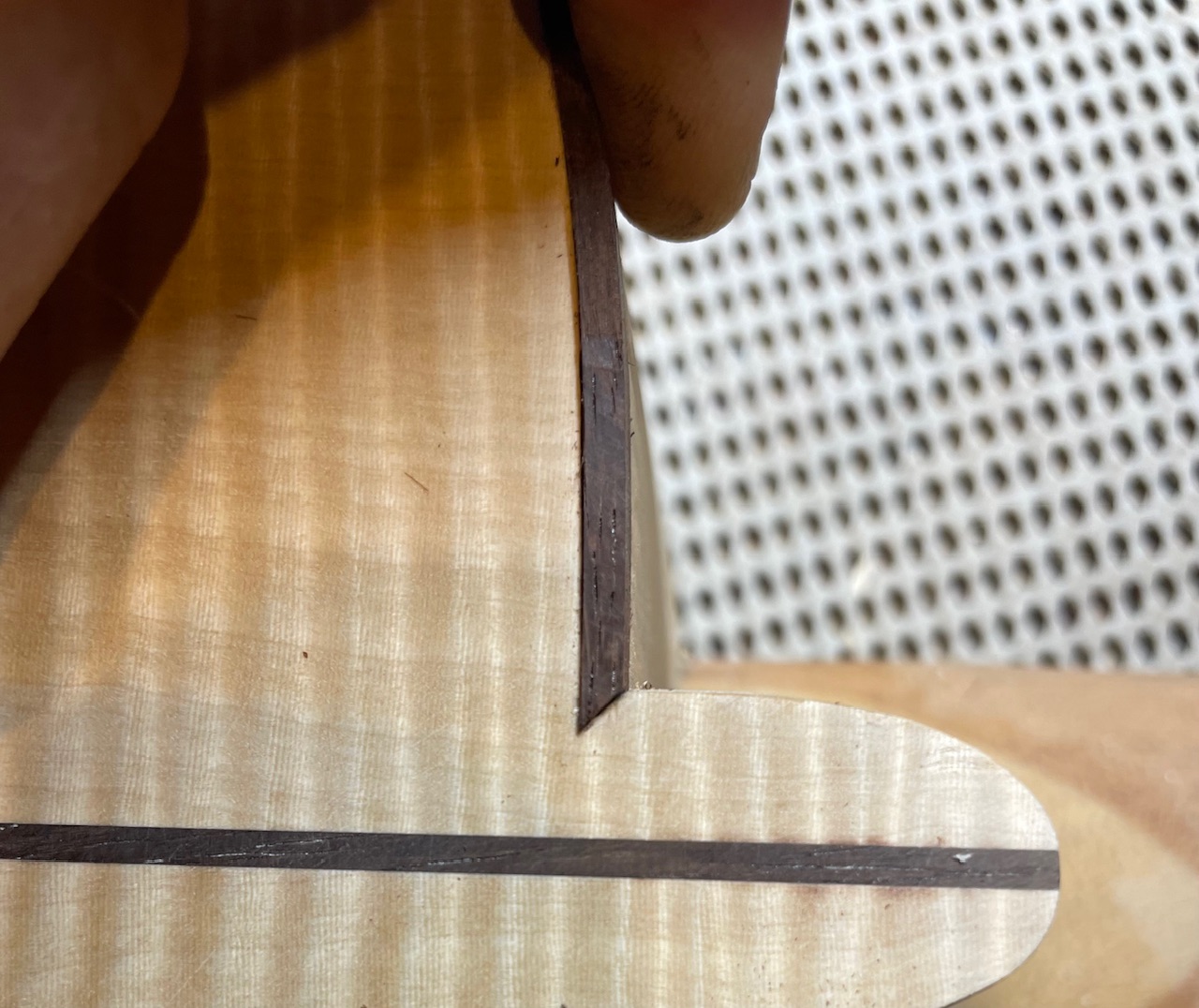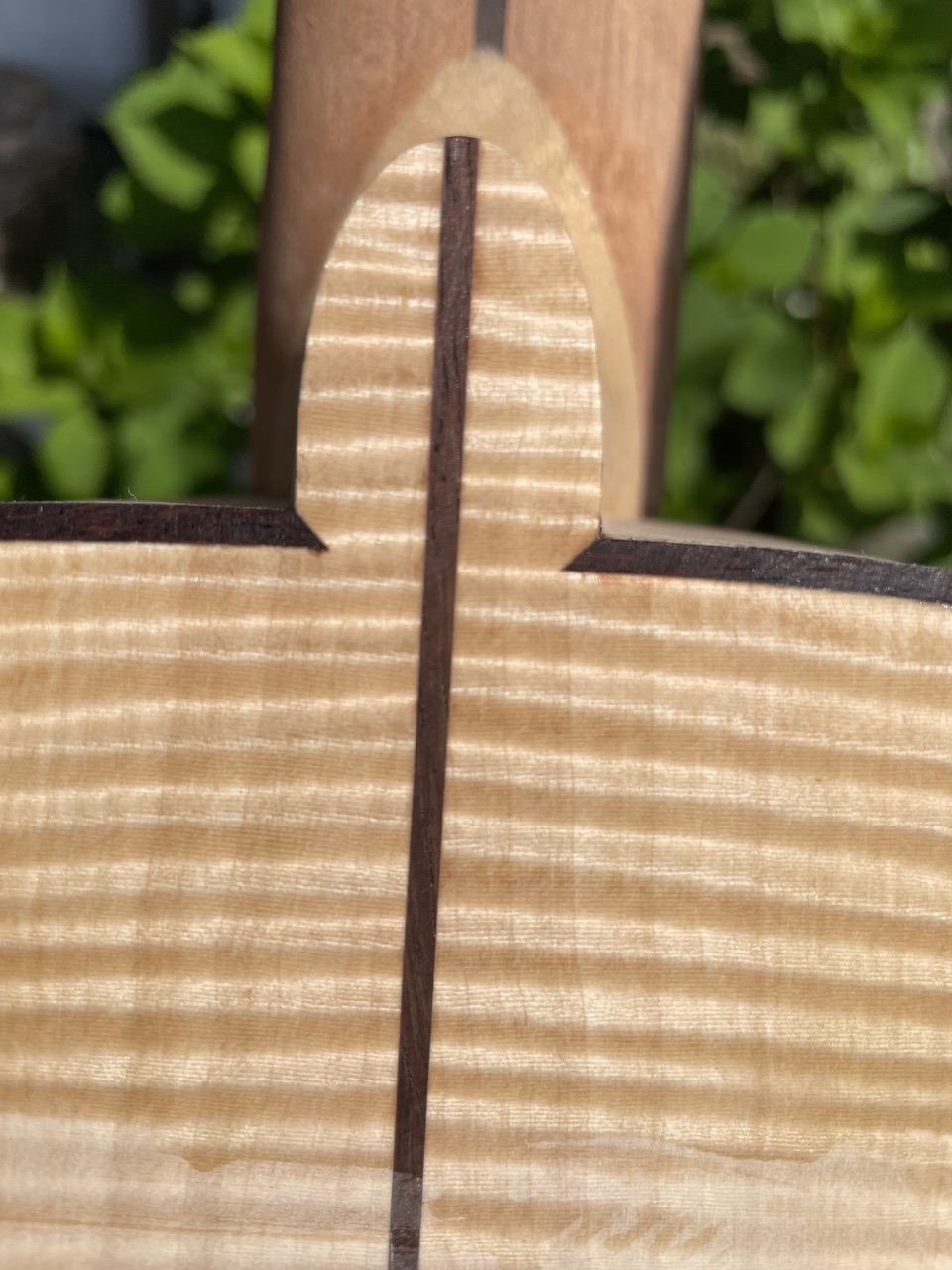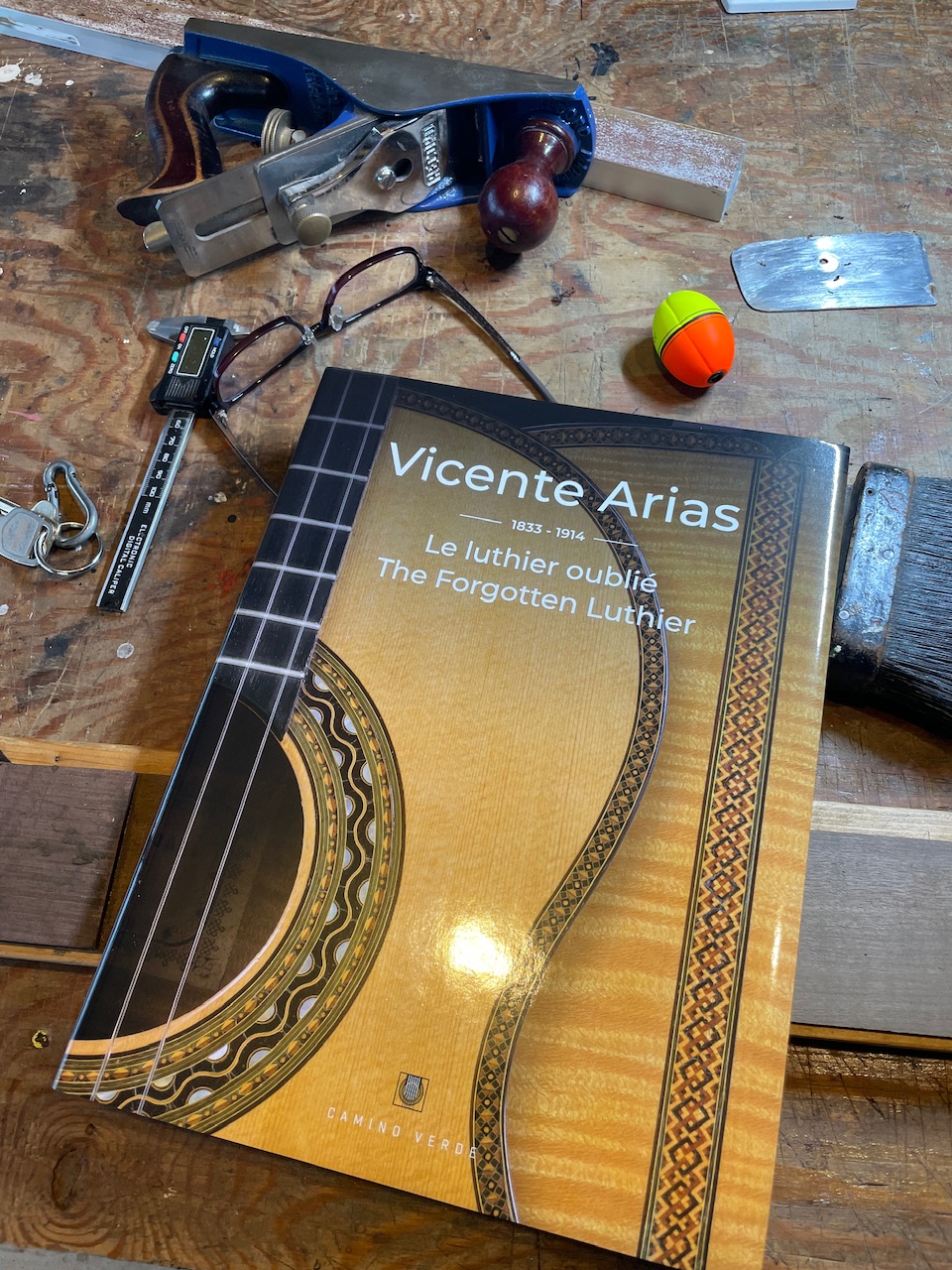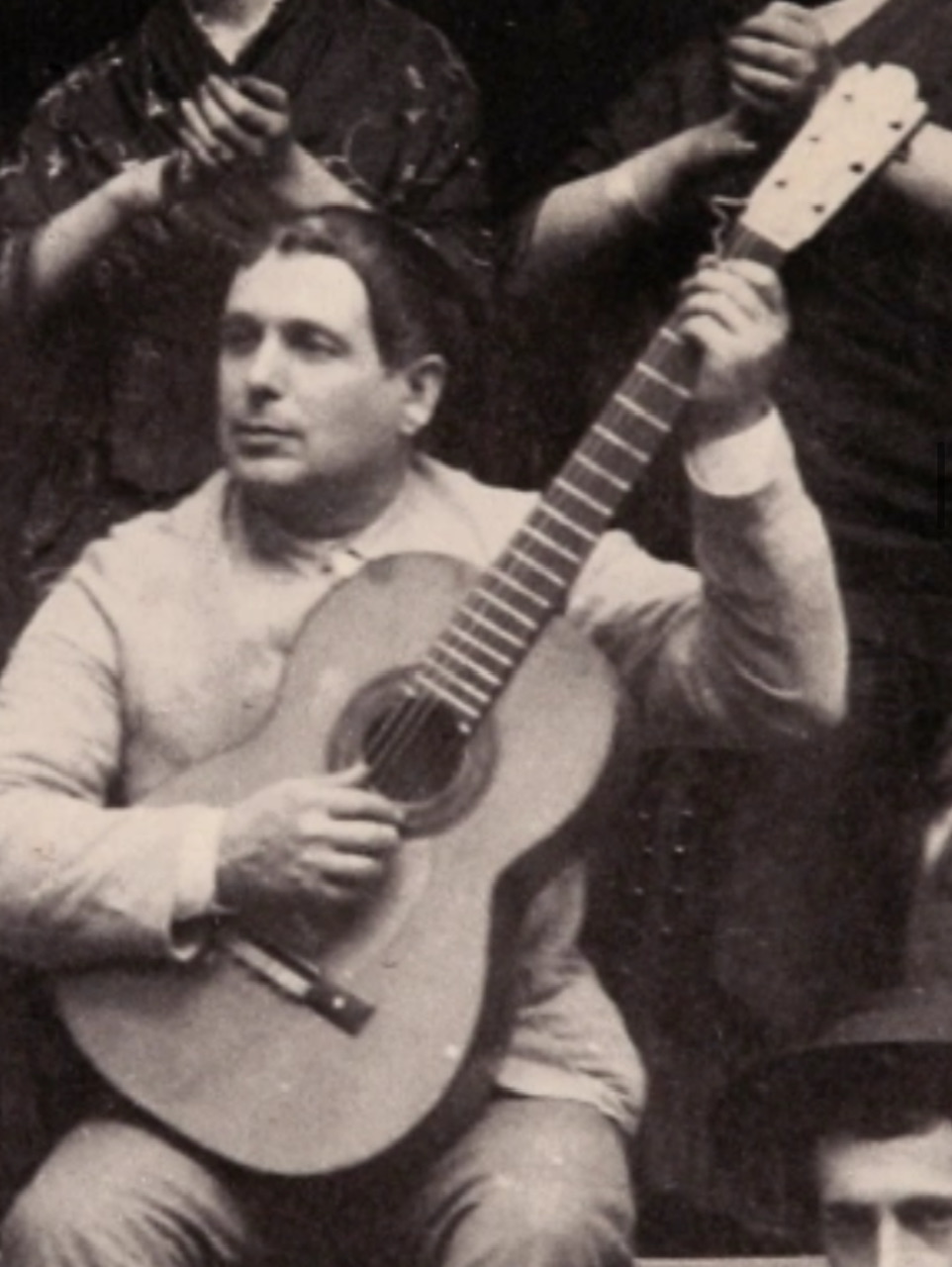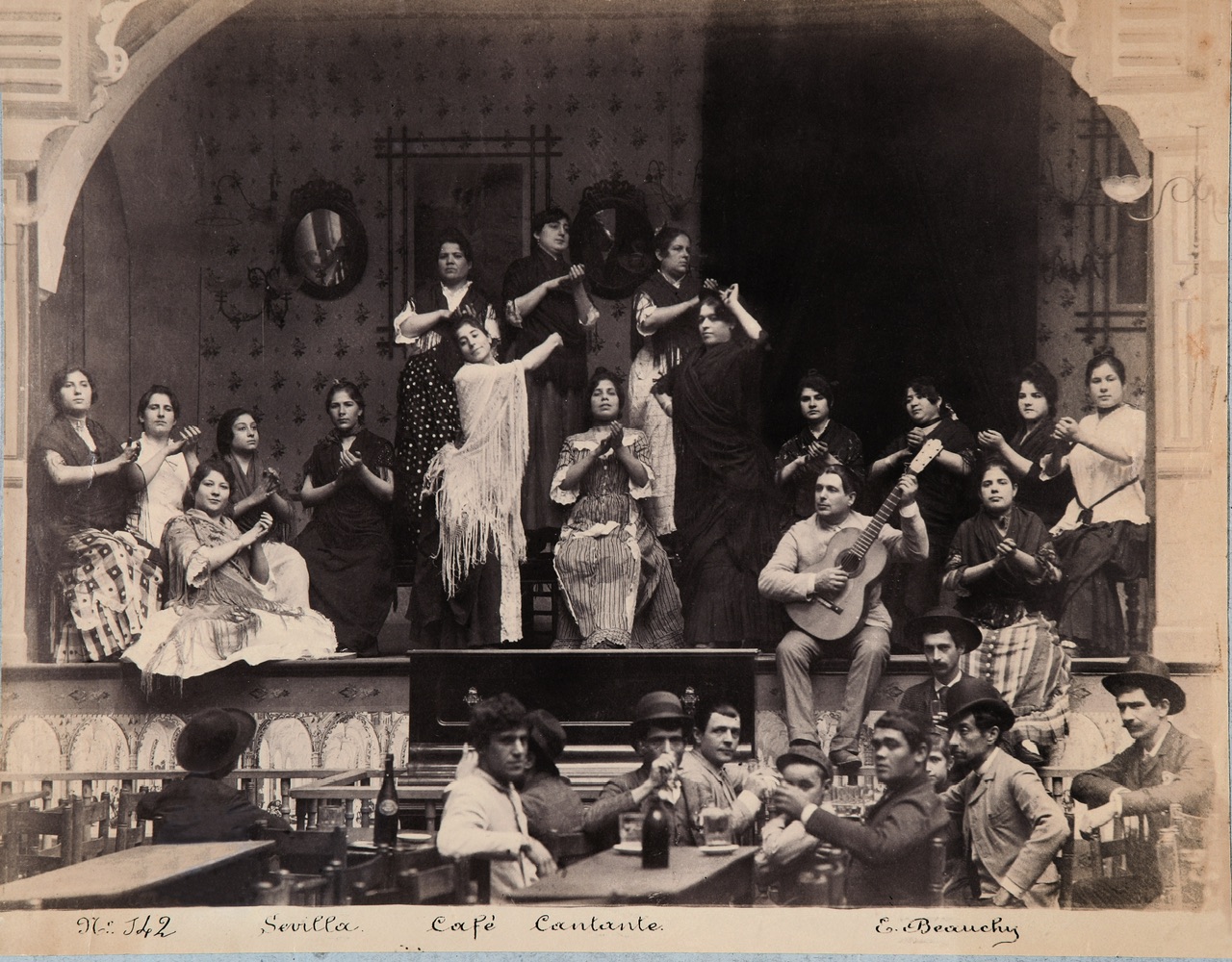|
estebanana -> RE: Arias in spirit, constructed by Pendejo in material world (May 7 2025 1:17:29)
|
quote:
ORIGINAL: Ricardo
Let us know after you have gone through the book if there are any flamenco examples. I know Manuel Ramirez is credited for making the strong distinction between the two that we still see today, and his brother had the "Tablao" guitar which was a little different than a proper flamenco, but considering his dates (D. 1912, so generation before M. Ramirez), the statement in the Cleveland book was that he he made "many flamenco guitars, often in maple", so I was curious how they compare to the earliest M. Ramirez examples.
Here was the tablao discussion for comparison:
http://www.foroflamenco.com/tm.asp?m=317197&appid=&p=&mpage=1&key=tablao&tmode=&smode=&s=#317197
Yeah, aside from John Ray’s page I won’t read this book. I seriously dislike the layout and formal structure of the way the information is presented. It’s a coffee table book and not a serious work of historical scholarship. Too bad it went that way, it’s like a fold out tourist map of some Spanish city. If they had just had each contributor write a ten page essay with their take on Arias based on each contributor cornering an aspect of his work it would be readable, but as is you have to collate the information as if it was a panel discussion and you’re in the audience, but you can’t ask questions.
So little is apparently known about Arias’ life that they padded the book out with ridiculous and annoying asides about to the history of tobacco and electricity in Spain, but completely missed the obvious part of social and infrastructural history about when Spain was metricated ( metric system adopted). The transition to metric system and its effect or timeline on the phase out of inches on the trades, including guitar making, would have been more useful. The European bias towards metrication has always bothered me in that they don’t really want to acknowledge the guitar was not designed using the metric system, but in today’s design and documentation practice they draw scale plans of guitar using the metric system. At some point a scholar in Spain with access to the town records and research libraries there would do well to publish a work on guitar design based on the measurement systems used during Torres’ and Arias’ lifetime.
Other than that the photos are very satisfying and revealing in particular about how his rosettes look. Which is the part I’m most interested in. The text is just various subjective opinions that are to be taken as just that.
As far as the basic outline of where Arias fits into the flamenco guitar matrix, it looks like you can group it roughly into Francisco Martinez/ Arias / Jose Ramirez as a group that culminates in the Tablao guitar ( the ‘Egg’) that didn’t evolve past Jose Ramirez’ passing, And the other basic lineage that goes Torres/Manuel Ramirez/ Santos and Domingo Esteso.
That’s just crude outline leaving out Granada and other places and makers, but traces the flamenco guitar through the crucial passage through Manuel Ramirez. As far as I can see Arias was probably in that camp where there wasn’t a distinct difference between flamenco guitars and ‘classical’ guitars, but there were three sorts of things he did. He made some eccentric guitars with extended ranges and double backs, things we’d consider esoteric, but at the time probably were used to play a variety of popular music. Then he has some very serious ‘senorito guitars’ which are highly decorated and meticulously poetic. And then a bunch of guitars that are artistic, but probably meant as working guitars and among those some Cypress guitars that are flamenco worthy.
I think, or in an Occams Razor gambit, would say the body of his work today is represented mainly by the meticulously poetic senorito guitars, serious instruments, but with inlay flourishes that are not like the Torres stuff. These have survived better than other guitars because they are also recognizable as rare art objects. Who knows how many workhorse guitars Arias made that were lost to time and relegated to hang in the storage room or bar wall until they self delapidated into low value guitar hulks that were tossed out by the bar owners wife after he died.
|
|
|
|
